Burlwood is sought after by wood connoisseurs for its potent colors, swirls, and textures. It is rare to find and impossible to propagate. I often quip that if anyone finds a burl they should immediately deliver it to my studio and allow me to do a thorough examination with my woodturning instruments. It’s all in the name of artistic research.
During my professional career, I have encountered many interesting burlwood specimens that have shaped my understanding of their growth patterns, how to use them, and how to gauge their value. What I’m less clear on – and this seems to be somewhat universal – is how these anomalous chunks of tree come into existence.
“A burl is the result of hyperplasia, an abnormal increase in the number and orientation of wood cells produced by the vascular cambium,” writes plant physiologist Kevin Smith. In other words, a localized portion of the vascular cambium gets stimulated by something – a bacterium, a virus, a fungus, or maybe an insect – and in response, the cambium divides more rapidly and irregularly, than normal. A tumor results – if you know the term hyperplasia, it’s likely associated with human cancers.
What’s mysterious are the conditions that facilitate the process. Scientifically minded forestry friends tell me that in some cases, burls form following wound-induced production of dormant epicormics buds. But no one knows precisely what triggers the swelling. If people did, they’d be able to intentionally grow burls for specialty wood products.
Common New England Burlwood Types
Hickory burl, more scientifically referred to as a “phomopsis gall,” occurs on small, skinny branches high up in the canopy of a hickory tree. When they’re between golf ball and grapefruit size, these nuggets grow considerably faster than the rest of the pencil-diameter branches that support them. The additional weight can cause snaps and breaks. I have seen hickory canopies peppered with these growths, which look like ornaments on a Christmas tree.
These little suckers are relatively useless for woodworkers. They often contain more bark than useable wood. Although some frugal woodturner may epoxy the brown nugget onto a stainless-steel bottle stopper and market it as “rustic,” the last thing I need is bark dust drifting into my cabernet.
However, when a hickory gall grows to the size of a watermelon or greater, the wood becomes creamy-blond with layers of tan swirls. A sizeable hickory burl is rare indeed. I once saved one from a burn pile and later used it to make a pair of gorgeous 14-inch potbelly bowls.
Cherry burl growth is the most frustrating for woodworkers. People unfamiliar with cherry burls often confuse them with grown-over wounds. They do present themselves similarly, but a cherry burl tends to encompass or engulf the tree more completely. Cherry burls often grow on the trunk or at a crotch split; they cling to the side of a tree, growing vertically and wrapping around it like a koala bear hugging a trunk.
A cherry burl begins at clean trunk material toward the pith with no suggestion of an injury. The mass of the burl surpasses that of the affected trunk threefold. It has speckled bark inclusions, as if grains of rice were cloistered therein. However, the majority of cherry burls I have encountered are rotten in the middle or infested with ants, rendering the wood useless for projects. These attributes can weaken a living tree, causing it to snap at the burl’s location. These are the reasons I rarely purchase cherry burlwood. Also, I have never run across exceptionally large cherry burls; they generally grow smaller than a five-gallon bucket and on trees with trunks just 9 to 12 inches in diameter.
Maple burls, on the other hand, are reliably sound and often gorgeous. They can be huge or small, round like a bowling ball or amorphous. These burls can cling to a trunk like warts or amalgamate like tapioca pudding. I never pass up the opportunity to get a maple burl. Among all local burls in my corner of the world, maple offers the greatest diversity of color, texture, depth, uniformity, and unpredictability. Maple burlwood is like the ultimate superhero, possessing a combination of every other superhero’s abilities.
In the photo of a maple burl bowl, you can trace the growth of the grain from side grain to end grain. Similar to the growth described for cherry burl grain, maple burls explode outward, and as the wood grows, it leaves traces of its growth along the way – similar to birdseye growth.
Milling flat boards out of this material does not amplify these characteristics in the dramatic manner that the curved surface on a bowl does. As the wood dries, the surface of the wood ripples along the features, leaving a pronounced texture that pairs with the visual effect of the burl.
Yellow birch burl has similar variations in growth, texture, workability, and grain patterns to maple burl, but overall, it is a bit more subdued than maple. Yellow birch burls can be bland like spruce or have more visual depth than the Grand Canyon. A yellow birch burl can be valuable if it is bigger than a watermelon, but these burls have a tendency to grow with deep crevasses, like snakes wrapped around a pole. Sometimes a large specimen may need to be cut up and used in a bunch of small projects because of this growth pattern.
Spruce burl, or gall, is frequently the size of a golf cart. That sounds impressive, but I wouldn’t pay a nickel for one. Their frequency diminishes their value, and their lackluster grain patterns consistently underwhelm. Spruce gall occurs on white spruce all over northern New England, deep in forests and in backyards. They grow to be huge and hideous. Carve into one and you’ll be as disappointed as Atlanta Falcons fans during the second half of Super Bowl LI. I’m just saying.
I’ve hacked into several of these giant tumors, hopeful for an explosion of character, only to discover pale-colored blah. On one project, I applied a red stain to pull out the grain movement, but the result was a hideous raspberry. I quickly torched the item before anyone could inquire about my trial. I realized spruce isn’t even worth using for campfire wood because it burns faster than you can roast a marshmallow.
What’s Burlwood Worth?
When it comes to the monetary value of burlwood, it’s the Wild West out there, with sellers shooting prices from the hip and buyers not wanting to pay until the goods are revealed. Some burls are sold by the pound. Others are sold using a base price plus a mileage charge based on how far the burl had to be dragged out of the forest. Burl poaching is not as big a deal in the Northeast as it is out west, but it does happen, adding a sometimes shady element to the marketplace. There are specialized burlwood distributors that charge hundreds to thousands of dollars per burl because of the logistics involved in collecting them on a regular basis. They often have the best quality. Some will even saw the wood and kiln-dry it.
I’m a professional woodturner, and though I once dropped a thousand bucks on a pickup-truckload of burlwood with exceptional character, I rarely buy wood. The bowls, platters, and decorative art that I carve and sell at galleries, craft shows, and online usually come from freshly cut yard trees, where my only expense is the time it takes to haul the wood away.
If you have a burl on your land that you’d like to sell, your best bet is to see if a local woodturner is interested before you cut it. Your average furniture or cabinetmaker is unlikely to purchase a green, freshly cut burl because of the unpredictability of how it will open up and because they would then have to deal with the logistics of milling and drying, which is a challenge. Woodturners, however, use a different process that favors carving green wood, so they’re your most likely customers. Just remember that while burls may be like winning the lottery for woodturners, it doesn’t mean we will pay lottery winnings for them. High-dollar burls are rare – chances are you don’t have one because they’re as big as a car. Something the size of a basketball may yield a finished bowl worth $200 to $300. Much of that price goes toward the craftsmanship involved in carving, which doesn’t leave much left for purchasing wood. While a single burl may not be worth much, a collection of them can be more appealing to buyers.


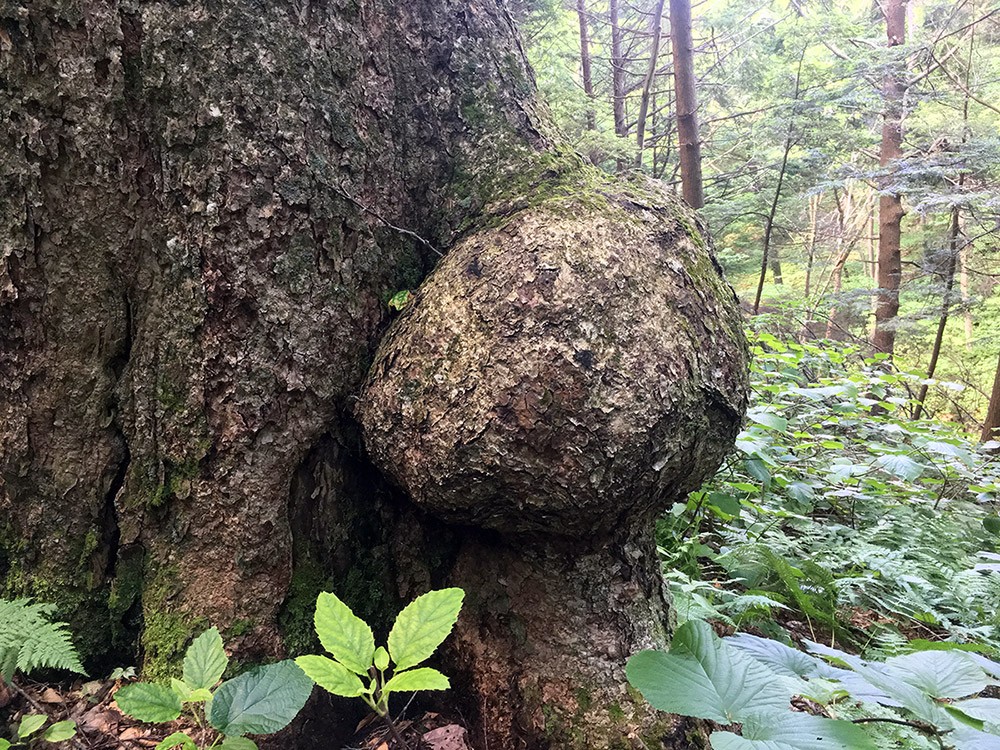
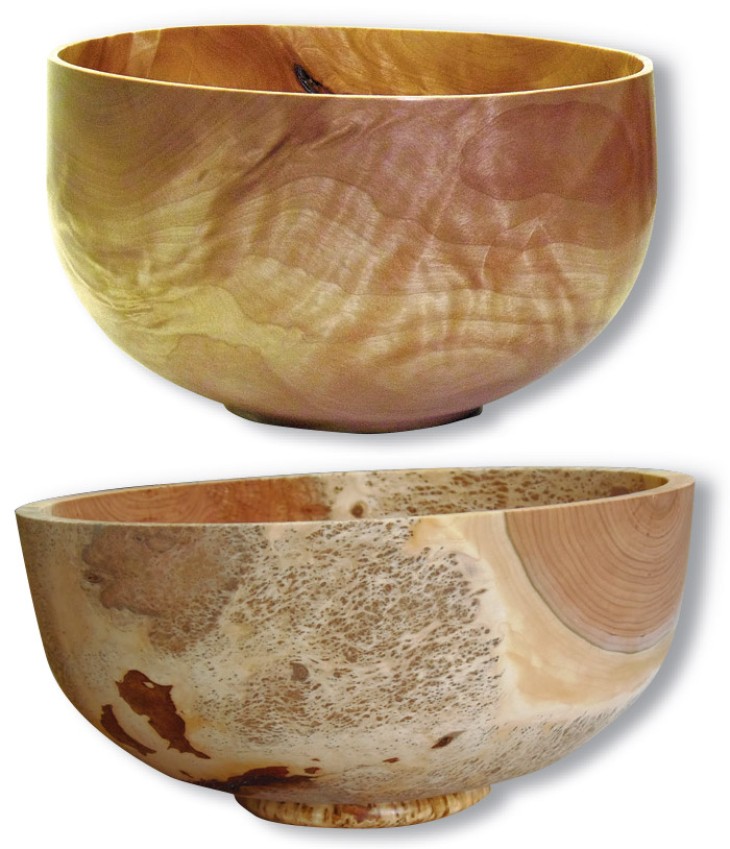
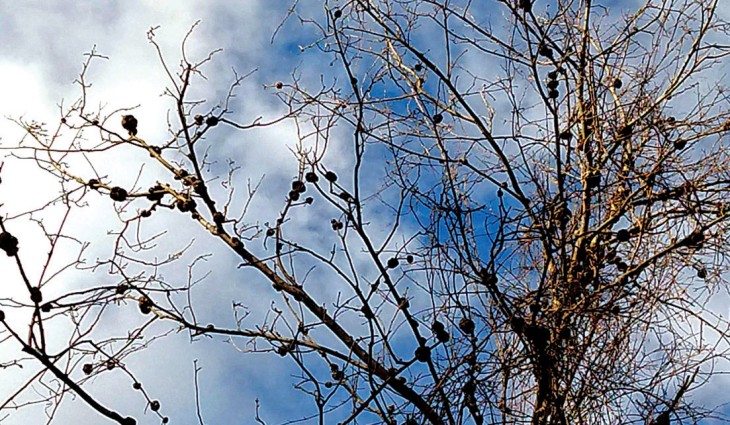
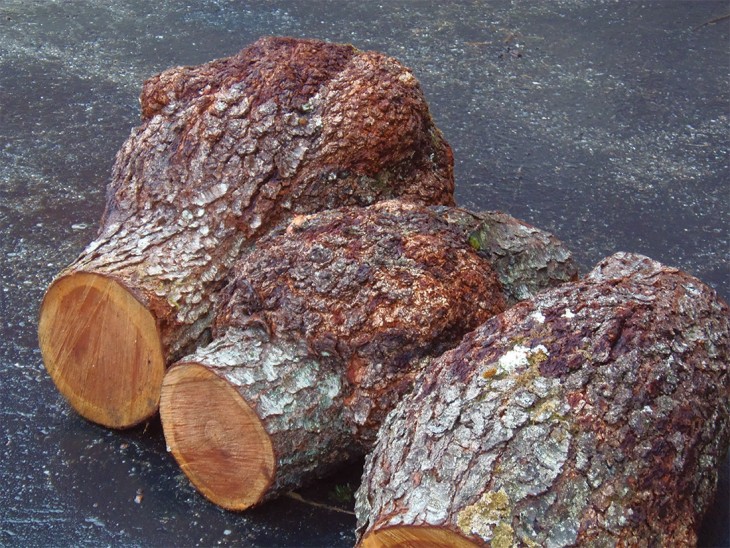
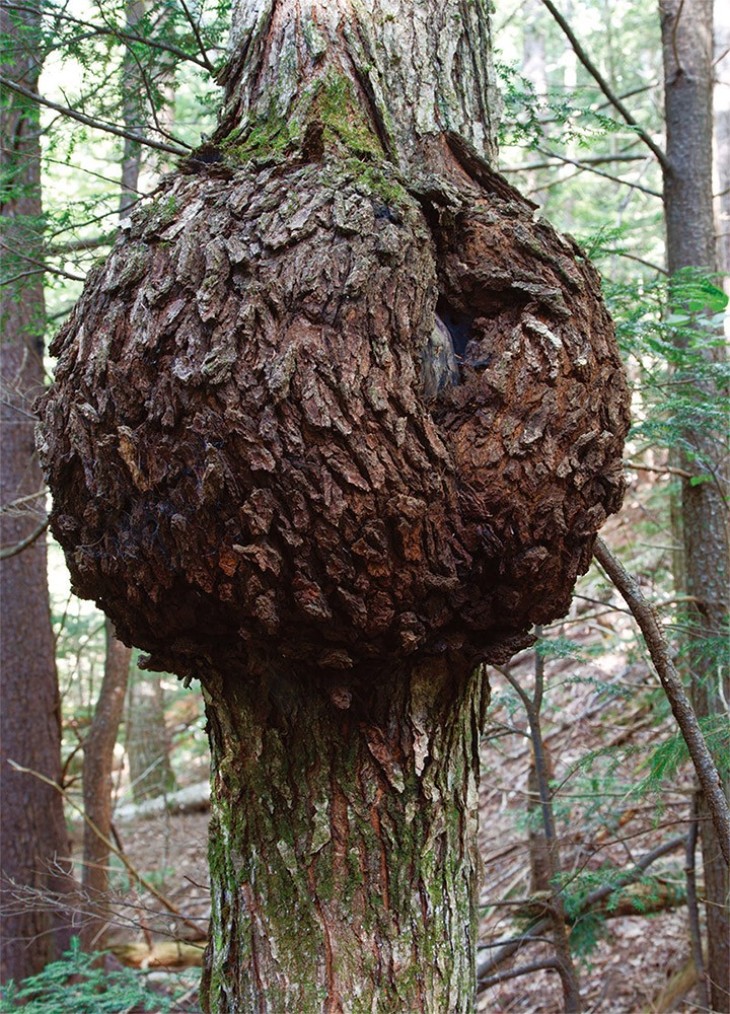
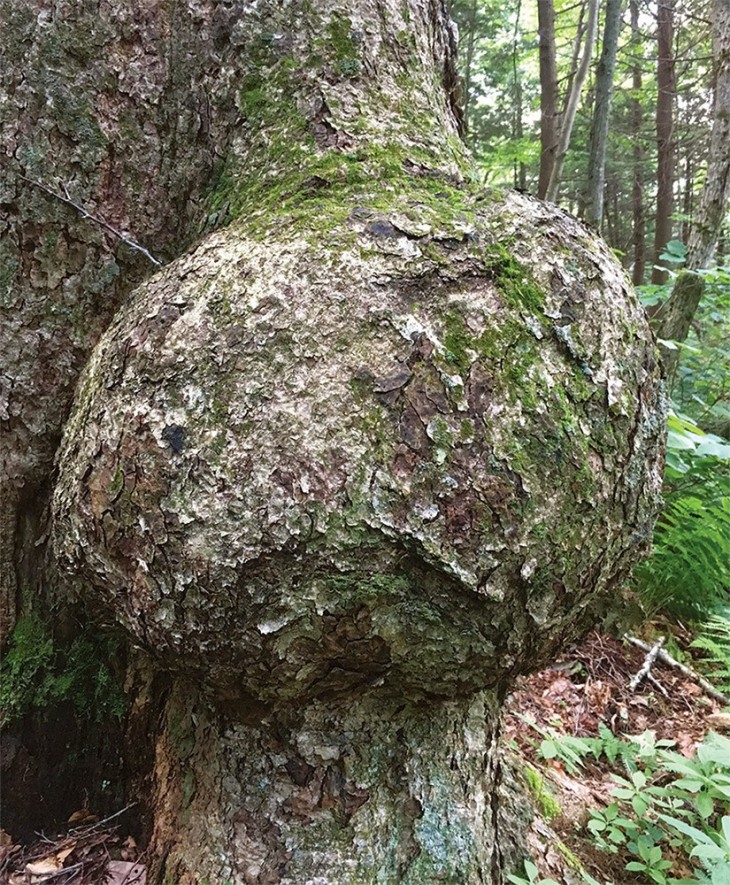
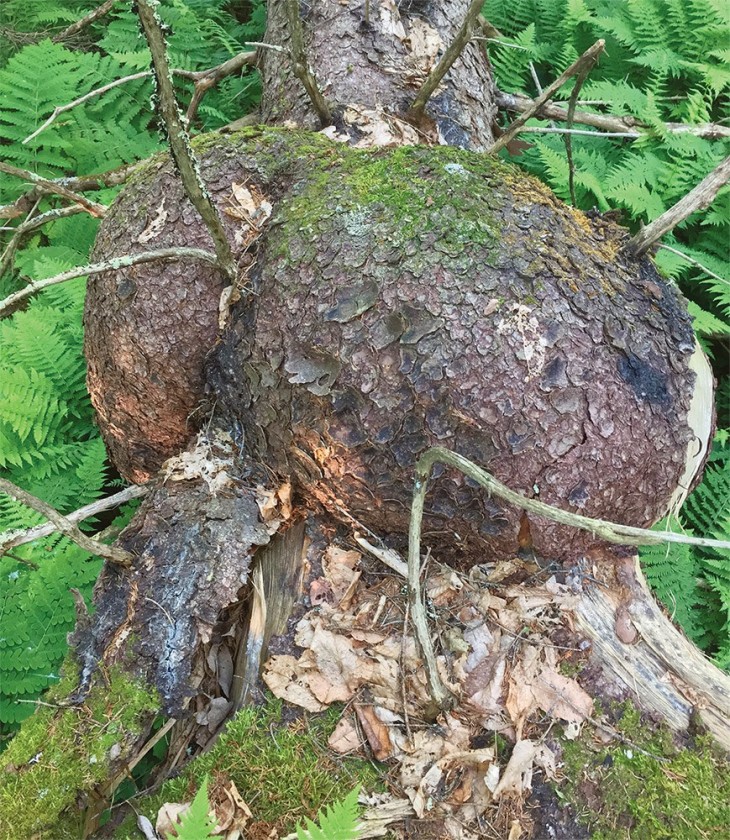
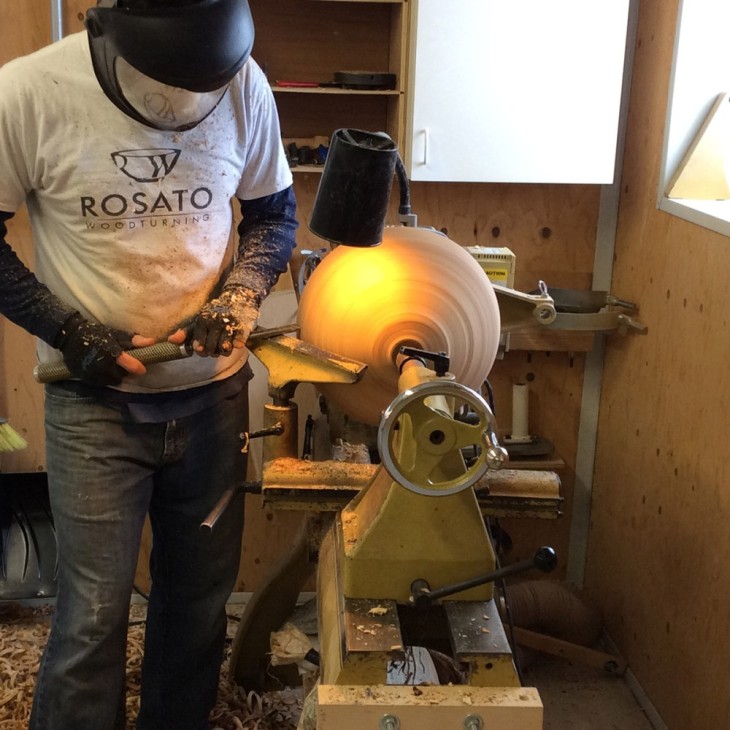

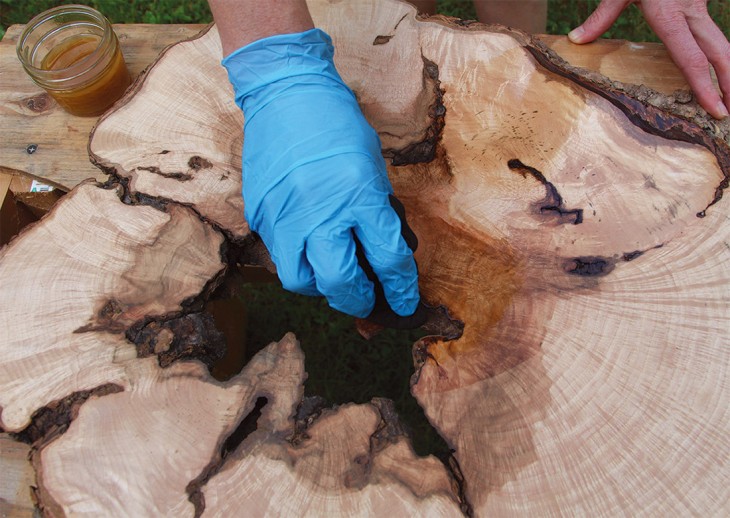

Discussion *